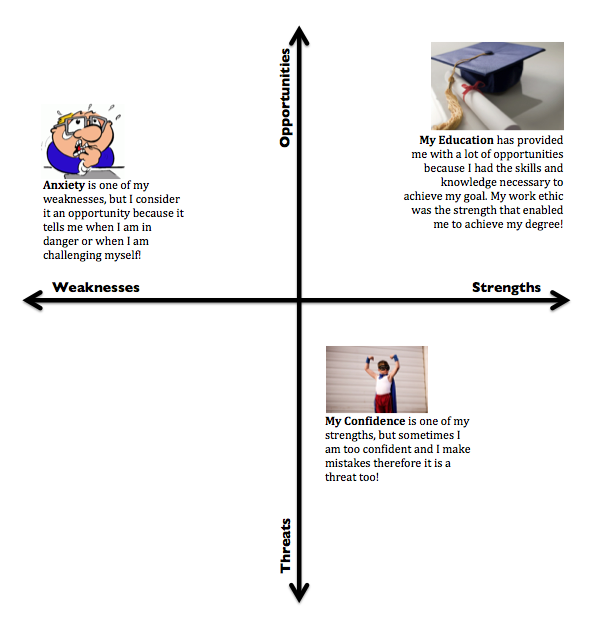Building Resiliency in Advanced Level Learners
Systematic Risk Taking
Examples of Categories of Risk
Instructions for Students
Debrief
Ask students what strategies they came up with to engage the rist. Students do not have to share specifics about the risk they were working on engaging; just the ideas they got about the specific strategies. Collect strategies until you are hearing the same thing multiple times. Identify similarities across strategies (usually there are 5-9 strategies once you take out repeats or overly similar ideas and combine them into a single idea). Write the strategies for students to see. Help students see how those same strategies could be applied in multiple situations and in multiple categories of risk.
As you debrief the exercise, you Neihart, M. (1999). Systematic risk-taking. Roeper Review.
- Intellectual: taking advanced classes, skipping a grade, challenging the status quo
- Social: spending time with a different peer group, going to a part along, public speaking
- Emotional: making yourself vulnerable (e.g. letting others know you are frightened, standing up for yourself, telling someone you love them)
- Physical: bungee jumping, learning a new sport, seeing a doctor, training for and running a half marathon, taking a dance class
- Spiritual: very personal - changing religions, faith can be a risk
Instructions for Students
- Rank 1-5 for each category (1 easiest/5 hardest; no ties allowed)
- Select one category to take risk in and list at least 7 things that represent a risk in chosen category
- Figure out how you will engage the risk (support from someone, work up to it, strength in numbers, etc.)
- Most of the learning is not in taking the risk but, in reflecting on what you learned by taking the risk
Debrief
Ask students what strategies they came up with to engage the rist. Students do not have to share specifics about the risk they were working on engaging; just the ideas they got about the specific strategies. Collect strategies until you are hearing the same thing multiple times. Identify similarities across strategies (usually there are 5-9 strategies once you take out repeats or overly similar ideas and combine them into a single idea). Write the strategies for students to see. Help students see how those same strategies could be applied in multiple situations and in multiple categories of risk.
As you debrief the exercise, you Neihart, M. (1999). Systematic risk-taking. Roeper Review.
S.W.O.T. Activity
| swot_analysis_handout.docx |
To complete your own S.W.O.T. Analysis
- Find pictures on the Internet that represent the strengths, weaknesses, opportunities, and threats in your life.
- Open the "swot_analysis_handout" document provided above.
- For each picture you find, locate the picture on the Cartesian coordinate system (see an example below!). The x axis will range from weaknesses to strengths, and the y axis will range from threats to opportunities. As you place each picture on the Cartesian plane, make sure to consider where the picture best fits on the plane and provide a caption that explains why you placed the picture in that quadrant. Remember: You have to consider the relationship between the external factors and the internal factors when placing them on a Cartesian plane!

